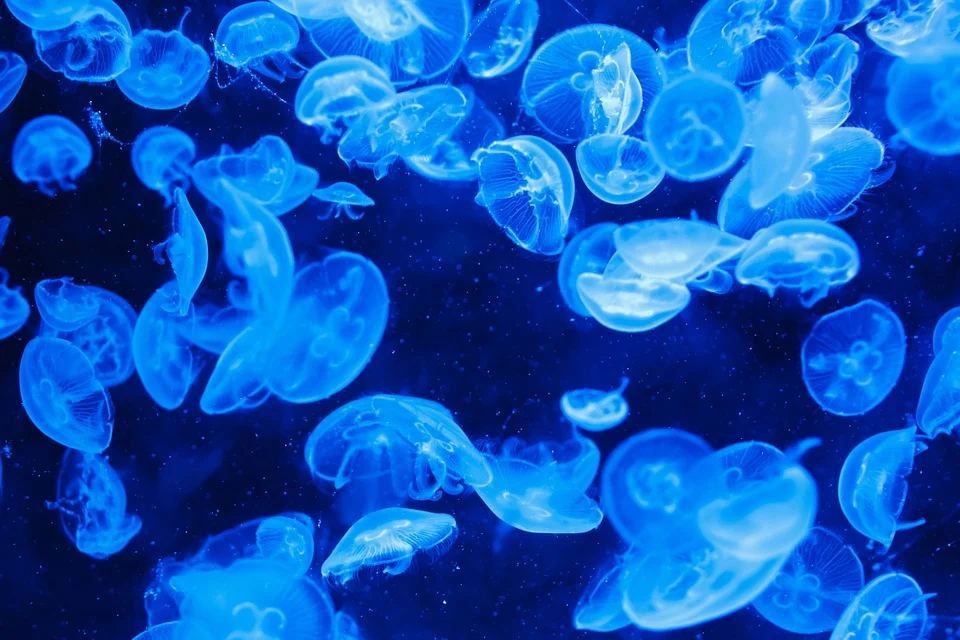In news
A team of scientists from the National Institute of Oceanography (NIO) will spend the next three months traversing the course of over 10,000 nautical miles in the Indian Ocean to understand it at a cellular level
Aim
At understanding the biochemistry and the response of the ocean to climate change, nutrient stress and increasing pollution.
ObjectiveTrace metals like cadmium or copper are supplied to oceans via continental run-offs, atmospheric deposition, hydrothermal activities and continental shelf interaction. They are essential for ocean productivity.
Research
- Researchers will course the Indian Ocean from India’s east coast, all the way to Australia, then onward towards Port Louis in Mauritius and up to the border of Pakistan, off India’s west coast, gathering samples for genome mapping of microorganisms in the Indian Ocean.
- The researchers will collect samples from various stretches of the ocean at an average depth of about 5 km.
- Just like gene mapping is carried out on blood samples collected from humans, the scientists will map these in the bacteria, microbes found in the ocean.
- The mapping of the Deoxyribonucleic acid (DNA) and Ribonucleic acid (RNA) will show the nutrients present in them, and also those lacking in different parts of the ocean.
Significance
- This will help scientists understand the internal working of the ecosystem of the Indian Ocean.
- The research will enable scientists to identify the factors controlling the changes in RNA, DNA in the oceans, and various stressors impacting them.
- The ocean has several micronutrients like nitrates, sulphates and silicates, minerals like iron ore and zinc, and trace metals like cadmium or copper.
- The genome mapping will show the presence of which these microbes have adapted to, in addition to their reaction to atmospheric carbon dioxide.
- This will help in identifying which part of the ocean has a greater concentration of which mineral or element.
Source: Indian Express





